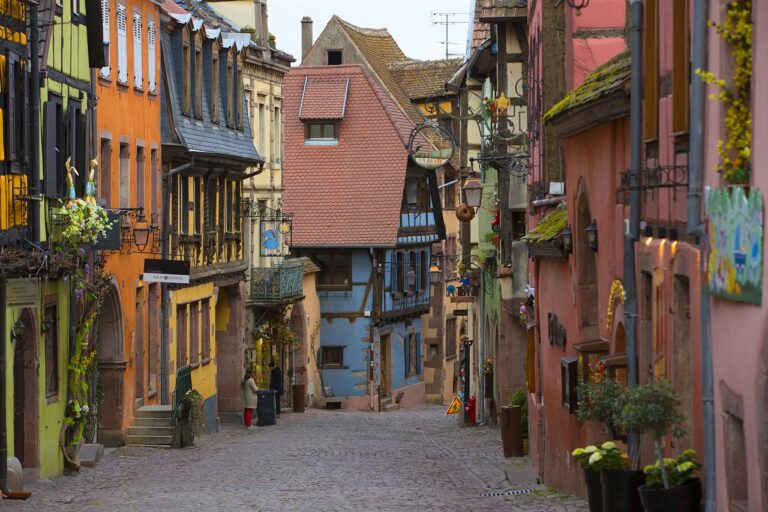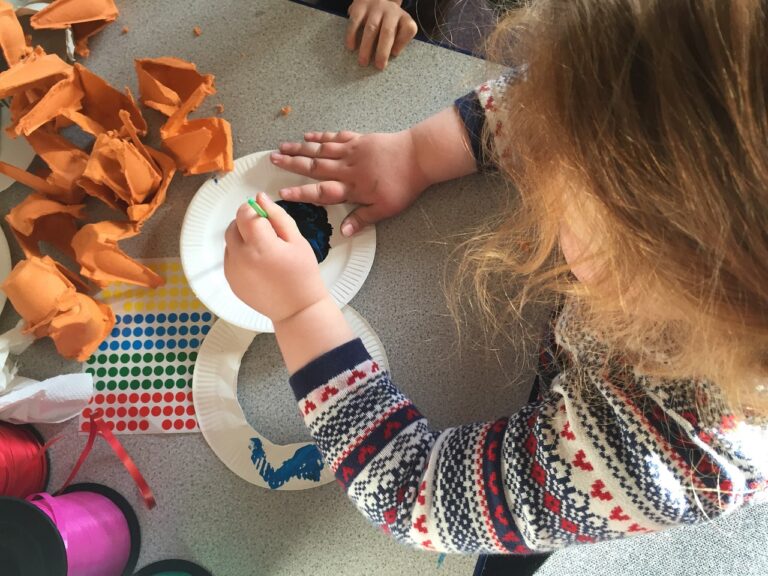Choosing the Right Paint Colors for Your Home: Psychology and Trends
The colors we choose to incorporate into our living spaces have a deeper impact than just aesthetic appeal. Each color carries its own psychological significance, influencing our mood, emotions, and even behaviors. For instance, warm tones like red and orange can evoke feelings of energy and passion, while cool hues such as blue and green are often associated with calmness and relaxation.
Understanding the psychology behind different colors is essential in creating a harmonious and balanced home environment. By strategically selecting colors based on their psychological effects, interior designers can help create spaces that promote productivity, comfort, and overall well-being. Whether it’s painting a feature wall or choosing furniture and decor accents, the colors we surround ourselves with can significantly impact our everyday experiences within our homes.
Understanding the Impact of Different Colors
Color psychology plays a crucial role in interior design, as different colors have the power to evoke various emotions and moods within a space. For instance, warm tones like reds and oranges can create a sense of energy and vibrancy in a room, while cool colors such as blues and greens tend to have a calming effect, perfect for creating a relaxing atmosphere.
Moreover, neutral colors like whites, grays, and tans are versatile and can serve as a great base for any design style. They can help create a sense of balance and harmony in a space, making it easy to incorporate bolder accent colors for pops of personality. Understanding the impact of different colors is essential for achieving the desired ambiance and aesthetic in a home decor project.
Popular Color Trends in Home Decor
In the realm of home decor, color trends play a significant role in shaping the ambiance of a space. From calming blues to energizing yellows, the colors we choose to incorporate into our homes can greatly impact our moods and emotions. In recent times, neutral tones like soft beiges, warm grays, and subtle whites have gained popularity for their ability to create a soothing and timeless atmosphere within living spaces.
On the other end of the spectrum, bold and vibrant hues such as deep emerald greens, rich terracottas, and dramatic navy blues have also made a strong comeback in home decor trends. These daring colors are often used as accents or statement pieces to add a touch of personality and modern flair to a room. Whether opting for a more understated palette or embracing bold shades, the key to incorporating color trends effectively lies in finding a balance that speaks to your individual style and creates a harmonious environment within your home.
What is color psychology in interior design?
Color psychology in interior design is the study of how different colors can affect a person’s mood, emotions, and overall well-being in a living space.
How can understanding the impact of different colors help in home decor?
Understanding the impact of different colors can help in creating the desired atmosphere and ambiance in a home. Certain colors can evoke feelings of calmness, warmth, energy, or creativity, and selecting the right colors can enhance the overall decor of a space.
What are some popular color trends in home decor?
Some popular color trends in home decor include neutral tones like beige, gray, and white, as well as bold and vibrant colors such as navy blue, emerald green, and mustard yellow. Additionally, pastel colors like blush pink and soft lavender are also trending in home decor.
How can I incorporate popular color trends into my home decor?
You can incorporate popular color trends into your home decor by adding accent pieces, such as throw pillows, rugs, curtains, or wall art, in the trending colors. You can also paint an accent wall or invest in furniture pieces in popular colors to bring a fresh and trendy look to your space.







